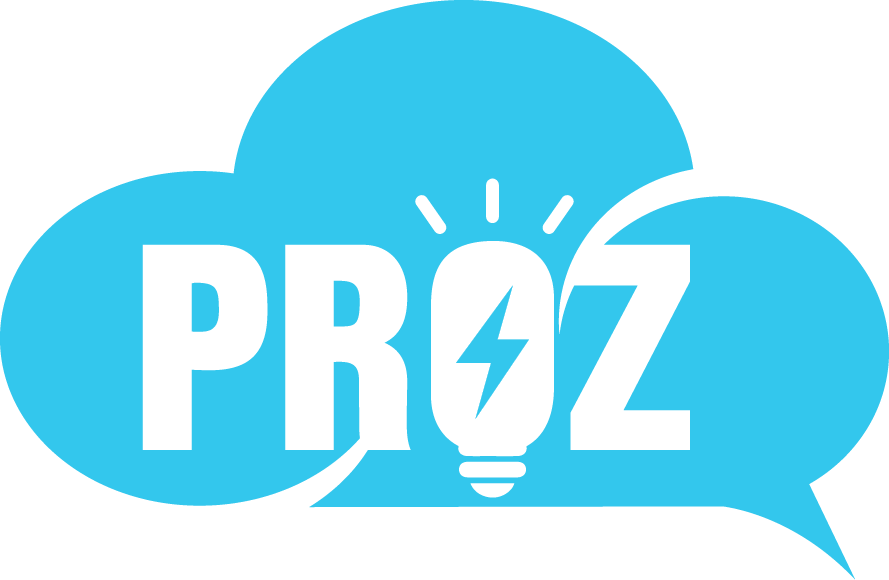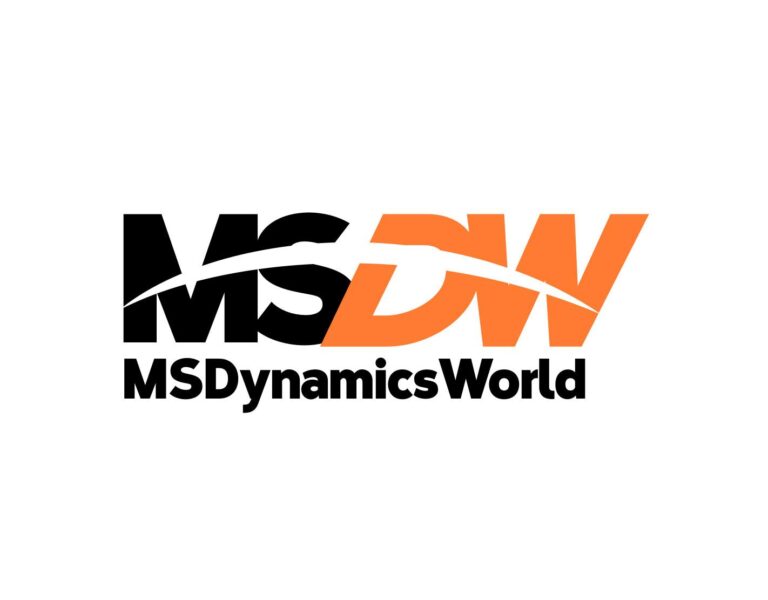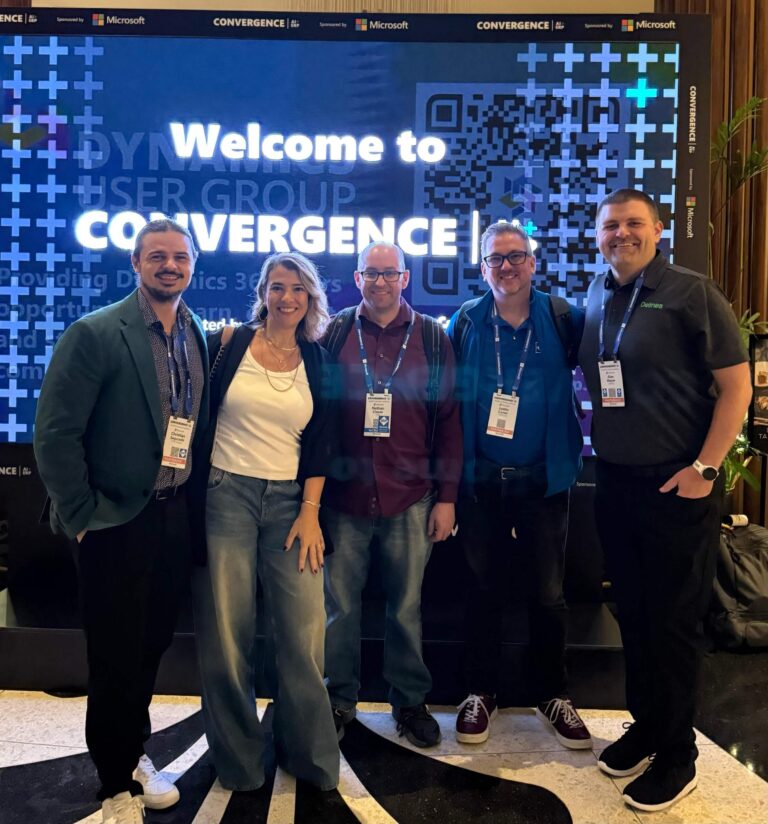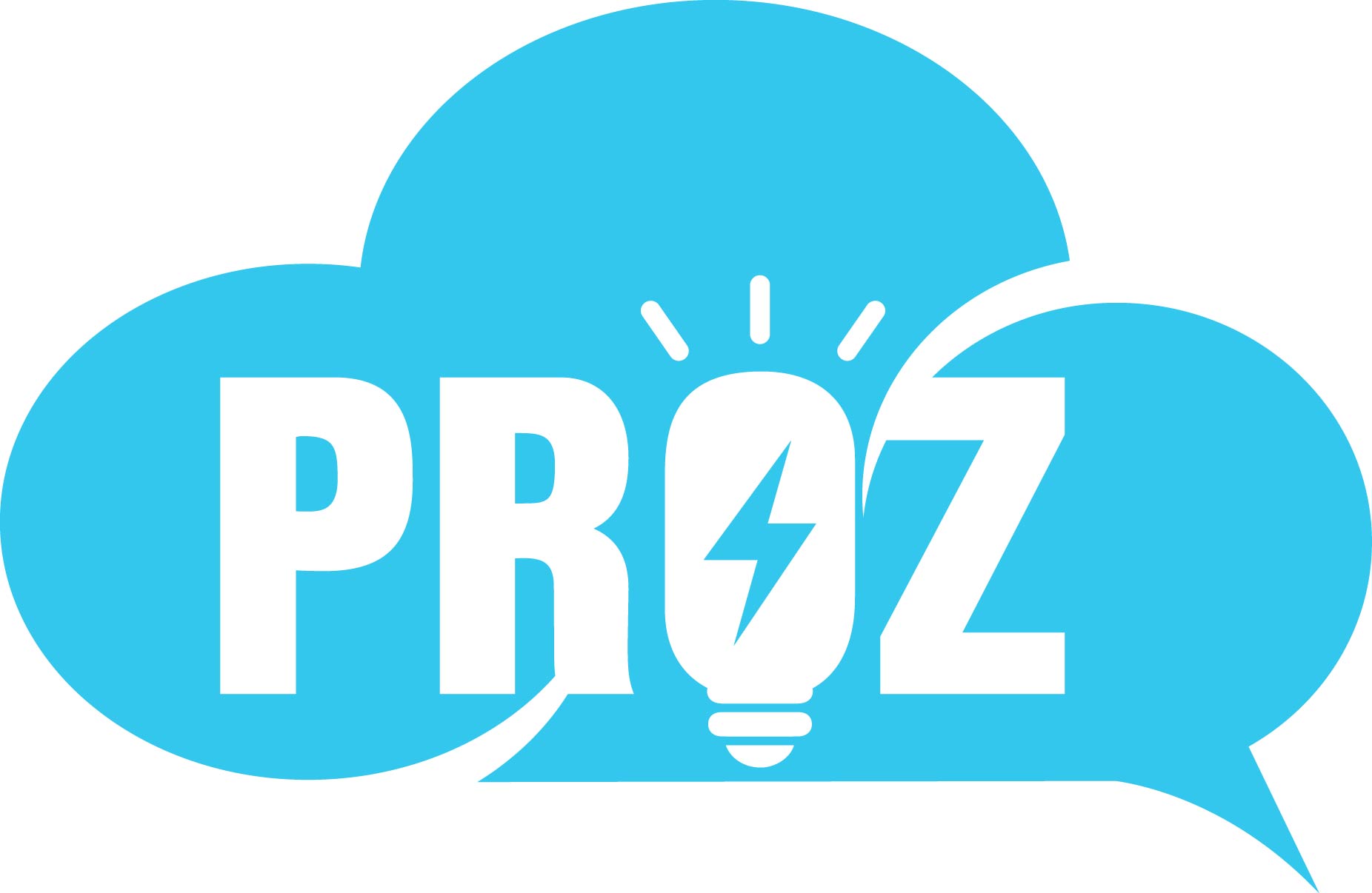The business landscape never stands still. New technologies emerge, customer demands increase, and competition intensifies. However, continuous learning allows new or small and medium-sized business (SMB) owners to adapt quickly and remain relevant. It gives you a competitive edge, allowing you to compete with large enterprises. This is all the more true for commerce businesses, as they have to accommodate constantly shifting consumer trends and digital evolution.
So, learning is no longer an option but a necessity to thrive. We’ve curated a round-up of free commerce courses with practical skills to prepare you for real-world success.
What you’ll learn:
What is commerce?
In simple terms, commerce is the act of buying and selling products and services. It encompasses all activities facilitating trade, including marketing, logistics, payment processing, and customer service in physical spaces or digital environments. Commerce creates markets and generates revenue, ultimately contributing to economic growth.
Commerce is broadly categorized into the following types.
- Business-to-business (B2B) commerce: Businesses selling products or services directly to other businesses. B2B commerce often involves larger order volumes, longer sales cycles, and relationship-based purchasing decisions.
- Business-to-consumer (B2C) commerce: In B2C commerce, businesses sell to consumers, with a heavy focus on brand experience and customer satisfaction.
- Direct-to-consumer (D2C) commerce: In D2C commerce, businesses sell directly to end consumers without any middlemen. Most small ecommerce businesses choose this for better margins, strong customer relationships, and control over the brand experience.
- Marketplaces: These are online platforms where multiple sellers offer their products or services to consumers in one location. Marketplaces also provide various payment and delivery options for a seamless shopping experience.
- Ecommerce: Ecommerce or electronic commerce refers to buying and selling products and services online through websites, mobile apps, and marketplaces.
- Digital commerce: Digital commerce includes all digitally-enabled transactions and the entire digital customer journey. This includes online sales, digital marketing, omni-channel integration, digital payments, and a tech stack that supports shopping across multiple digital touchpoints.
Sell More With Salesforce For Small Business
What does it take to run a successful commerce business?
Even a great business idea can gather dust without the right components. A successful commerce business requires a product that solves real customer problems. And you’ll need efficient operations and strategic marketing to reach your target audience.
Running a successful commerce business involves managing several interconnected components:
- Marketing: To attract and engage customers through various strategies like advertising, content marketing, public relations, and social media.
- Sales: To convert leads into paying customers through effective sales techniques and relationship building.
- Customer success: To ensure customer satisfaction and loyalty through great service, experiences, and ongoing engagement.
- Finances: To manage the monetary aspects, including budgeting, accounting, and profit analysis.
- Operations: To manage the day-to-day running of the business, including inventory management, order fulfillment, and customer service.
- Hiring: To recruit, hire, and manage employees to enable a skilled and motivated workforce.
Required tools for running a commerce business
You’ll need solid tools to launch and manage a commerce business. They facilitate storefront management, inventory tracking, and sales on digital channels like social media and retail apps. While the tools required vary based on complexity and scale, the following are fundamental to all businesses:
- CRM: A CRM centralizes customer data and helps personalize marketing campaigns and customer interactions. An AI-CRM can offer deeper analytics and automation features.
- Point of sale (POS) system: A POS system can manage in person transactions and customer information. You can also get an overview of your inventory.
- Storefront: A storefront builder help you create a website to showcase your business, even if you primarily sell elsewhere. This can establish trust with your customers online.
- Sales and marketing tools: Build direct contact with your customers through email marketing. Also gather timely customer feedback to improve sales processes and future campaigns.
- Inventory management tools: Track inventory levels, manage stock, and prevent stockouts. This is especially helpful during the peak holiday season.
- Finance and accounting tools: They help you monitor income and expenses and manage invoices. Plus, you can generate projections to understand your financial health.
- Customer service: Customer service tools are crucial for addressing customer concerns and improving customer loyalty. Also, it’s key to repeat business.
- Analytics: Commerce analytics provide data-driven insights into customer behavior, sales trends, and operations. This helps you make informed decisions for growth and optimization.
Kickstart your SMB with Starter Suite
Get started with CRM and see results from day one with Starter Suite — the all-in-one suite with the marketing, sales, service, and commerce tools you need to succeed.
Best commerce courses for business owners on Trailhead
Trailhead is Salesforce’s free online learning platform where you can learn technical and business skills to succeed in today’s world. Trailhead makes learning fun and engaging through gamification, where you can earn points and badges as you complete courses. And the best part? It connects you to the Trailblazers community, where you can collaborate, ask questions, and share knowledge.
And now, here’s a list of free commerce courses to accelerate your learning:
1. Salesforce B2B Commerce Basics
Salesforce B2B Commerce Basics is apt for B2B commerce business owners who want to learn about setting up a store and sales pipeline. This course also covers how artificial intelligence (AI) can boost commerce. You can complete this course in around 40 minutes.
What you’ll learn: The course aims to build expertise in business strategy, operations, and ecommerce. It includes units covering topics such as store setup, buyer engagement, and the application of AI. Also, this is a part of a larger learning path focused on business growth with Salesforce. So, you’ll get to explore other Salesforce products for enhanced customer experiences and data insights.
Key takeaways
- Using Salesforce B2B Commerce: Salesforce’s B2B Commerce solutions make running your business — from ideation to order fulfillment — seamless.
- Generative AI for storefront setup: Use generative AI (Gen AI) as a know-it-all assistant for automation and delivering product recommendations.
- SEO matters: Search engine optimization (SEO) for your commerce business helps your target customers discover you on search engines.
2. Commerce AI: Quick Look
As the name suggests, Commerce AI: Quick Look is an insightful, quick resource for commerce businesses looking to implement AI in their operations. You need only five minutes to finish this course.
What you’ll learn: This short course packs a punch, especially for digital commerce businesses. As per State of Commerce report, about 53% of customers engage digitally. So, learning about how AI can contribute to commerce experiences becomes important. And that’s what you can expect from this course.
Key takeaways
- Hyper-personalization is everything: Commerce AI lets you personalize every step of your customer journey — from product descriptions to promotions strategy.
- Measure what matters: Make data-driven decisions and measure key commerce metrics through smart reporting tools.
3. Go Live and Optimize B2C Commerce for Your Business
From launching your site to using analytics and testing tools for better outcomes — learn the full process in Go Live and Optimize B2C Commerce for Your Business. This is a comprehensive course that’ll take four hours and 30 minutes.
What you’ll learn: New business owners often have many questions. How to improve site search strategy? How to conduct A/B testing? How to prepare for the holiday season rush? This course covers all of this and more. You’ll also find plenty of reading material for getting started.
Key takeaways
- Secure your site and customer data: You’ll learn how a solid cybersecurity strategy can keep your data safe and help earn customers’ trust.
- Brace yourself for the holiday season: Create a holiday season readiness plan that encompasses customer service, sales, and marketing for solid results.
- Monitor post-launch, too: Monitor how your online store is performing after it goes live and keep optimizing for desired results.
4. Sell Everywhere With Commerce Cloud
Sell Everywhere With Commerce Cloud covers the importance of achieving customer delight across all channels by enhancing the buying and selling experience. You can expect to complete this course in three hours and 50 minutes.
What you’ll learn: This is an all-encompassing course that teaches you how to plan your omni-channel commerce strategy. You’ll also learn how to increase your average order value (AOV) and automate operations across marketing and service through Commerce Cloud integrations. And more importantly, you’ll get to explore the Order Management Console that comes with Commerce Cloud.
Key takeaways
- Gift guides can increase AOV: Consumers find gift guides and product bundles exciting because they see more value in them.
- Unified commerce drives better conversions: Unified commerce helps create connected and consistent experiences across all channels.
- Streamlined fulfillment for the win: Use automation to ensure timely order fulfillment and catch potential red flags early on.
5. Set Up Merchandising for Your Storefront
Relying solely on a great product, without investing in marketing, is a strategy of the past. You’ll pick all such essential skills in Set Up Merchandising for Your Storefront. This is a comprehensive course that’ll take about 16 hours and 50 minutes.
What you’ll learn: Managing your storefront and optimizing it for search engine visibility is the cornerstone of a successful commerce business. This course will teach you how to optimize multimedia content and product listings for a good customer experience. You’ll also learn about SEO, meta tags, and site maps to enhance discoverability.
Key takeaways
- Commerce catalogs improve customer experience: If you’re a global commerce business, you should set your catalogs to stay relevant in every region.
- Technical SEO maximizes your online presence: SEO elements like URLs, meta descriptions, and content can boost your visibility.
- Customer segmentation for better marketing: Segmentation can help you understand your customers better, and better target them with appropriate messaging.
6. Optimize Search Engine Awareness for Your Salesforce B2C Commerce Storefront
Now that you’ve learned quite a bit about SEO, let’s tap into Salesforce products to set up SEO for your storefront. This course, Optimize Search Engine Awareness for Your Salesforce B2C Commerce Storefront will take about four hours to complete.
What you’ll learn: Salesforce’s Commerce Cloud supports multiple SEO features, including configuring hostname aliases that help users discover you even when they misspel your business. Plus, you’ll get to learn all about submitting your site for Google site verification.
Key takeaways
- SEO-friendly URLs impact user experience: Descriptive uniform resource locators (URLs) inform search engines what your pages are about, helping people find them.
- Importance of Google site verification: Extensible markup language (XML) sitemaps improve how search engines like Google discover your website.
7. Social Commerce Strategies
About 76% of consumers purchase a product after seeing it on a brand’s social media post. Your brand’s social presence matters — and Social Commerce Strategies covers this. You only need 15 minutes to complete this course.
What you’ll learn: Social media platforms, especially those with visual content like Instagram and TikTok, have become key places where consumers discover new products and brands. This course discusses how to create a social commerce strategy for your commerce business and boost conversions. You’ll also learn how to create and build immense value with shoppable content.
Key takeaways
- Shoppable content makes shopping convenient: It streamlines the purchasing process, allowing consumers to buy products directly from social content.
- Building trust with reviews: Your customer success stories can help establish trust in a crowded market.
8. Explore Ecommerce Success
Explore Ecommerce Success explains how customer expectations and market shifts are driving new trends in commerce. This course will take around 50 minutes to complete.
What you’ll learn: Customers today want convenience more than anything. Whether it’s a one-click checkout or mobile commerce to let your customers shop from wherever they want. You’ll learn how to tap into these trends to personalize your marketing strategies.
Key takeaways
9. Conversational Marketing with WhatsApp
Conversational Marketing with WhatsApp covers the aspect of engaging with customers in real-time, unlike traditional one-way communication. You’ll need 40 minutes to complete this course.
What you’ll learn: You can grasp the practical skills to engage with customers on WhatsApp. Plus, you’ll understand more about conversational commerce, marketing techniques, and personalization based on customers’ responses.
Key takeaways
- Understand WhatsApp’s business accounts: Share your website, address, and hours on your WhatsApp Business profile to build customer trust and provide context.
- Customer consent is crucial: Get customer consent (opt-in) before sending business messages. This ensures relevant information delivery.
10. Launch a Loyalty Management Program
Launch a Loyalty Management Program is essential for understanding loyalty programs and how they boost customer engagement. This course will take about three hours and 40 minutes to complete.
What you’ll learn: Discover how to drive loyalty with programs that incentivize and reward customers. You’ll get a brief overview of different types of loyalty programs and how automation and CRMs can enhance them. Plus, you’ll know how gamification contributes to this.
Key takeaways
- Leverage CRM analytics to personalize programs: Tap into your CRM analytics for data-driven insights on personalizing customer experiences.
- Gamification increases customer loyalty: Make it fun for customers with games and activities where they can win, tapping into their desire to achieve and be recognized.
- Brand advocacy drives organic traffic: Brand advocates act as trusted, enthusiastic promoters of your brand through word-of-mouth and referral marketing.
11. Omnichannel Inventory
Omnichannel Inventory is a unified inventory management approach that synchronizes stock across all sales channels and fulfillment locations. You’ll learn the crucial elements of omni-channel commerce in about one hour and 20 minutes.
What you’ll learn: Omni-channel inventory centralizes inventory tracking across physical stores, warehouses, online stores, marketplaces, and social commerce platforms. This system provides a unified, real-time view of inventory regardless of where products are stored or sold. You’ll learn how to use Commerce Cloud for effective inventory management.
Key takeaways
- Omni-channel inventory creates seamless shopping experiences: This helps you improve customer satisfaction with more accurate product availability information.
- Faster and accurate fulfillment: Omni-channel inventories support flexible fulfillment options like buying online, store pickup, or trying in-store.
12. Ecommerce Success Planning
Eventually, everything boils down to one thing: ecommerce success. And how can you make it happen? This 25-minute course on Ecommerce Success Planning will teach you.
What you’ll learn: To achieve ecommerce success, you should strategically align your business objectives and technology. Your ecommerce strategy should also involve understanding your customers and key performance indicators (KPIs).
Key takeaways
- Jobs to be done (JTBD) framework leads to better products: The JTBD framework helps business by shifting the focus from product features to customer motivations.
- Change management for smooth operations: Change management involves your team’s buy-in for seamless tech implementation and risk mitigation.
Just get started.
No matter where you are on your journey as a small business owner, you can get started with Starter Suite — the all-in-one AI CRM your SMB needs.
Additional free commerce courses
We’ve compiled a list of other free commerce online courses to provide a broader range of resources.
13. Ecommerce Fundamentals
As the name suggests, Ecommerce Fundamentals on LinkedIn Learning covers all the essential steps like product launch strategies, order fulfillment, brand strategy, and financial management. This course will take about one hour and 42 minutes to complete.
What you’ll learn: This course, led by instructor Patrick Rauland, guides you through turning an idea into a thriving online store. It covers everything from choosing the right business model and defining your target audience to managing sales and scaling your business.
Key takeaways
- Dropshipping simplifies operations: Dropshipping enables you to sell products without holding inventory while reducing logistical complexities.
- The importance of business models: Your business models will clearly define how you intend to create, deliver, and capture value, while maintaining sustainability.
14. Creator-led Commerce
Creator-led Commerce on LinkedIn Learning teaches you about digital creators, influencer marketing, and how they contribute to your commerce success. You’ll learn practical tips on navigating the creator economy in this 40-minute course.
What you’ll learn: This course is led by sponsorship coach Justin Moore and delves into the influencer marketing world. It shows how you can make deals while revealing challenges common misconceptions. It also equips you with the knowledge to create effective strategies and build their brand.
Key takeaways
- Building a community vs. an audience: Having a community that actively interacts with your business and each other fosters loyalty and advocacy.
- Content-led commerce is all about authenticity: Creator-led commerce leverages the influence and authenticity of content creators.
15. Foundations of Digital Marketing and E-commerce
Foundations of Digital Marketing and E-commerce on Coursera is an essential learning track for ecommerce businesses interested in learning the ABCs of marketing. This course will take about 11 hours to complete.
What you’ll learn: This is an introductory course led by Google and divided into four modules. It teaches you about customer journeys and key marketing and ecommerce concepts. Plus, it offers guidance from Google employees and hands-on practice.
Key takeaways
- Marketing funnels can boost customer lifetime value (CLV): Marketing funnels guide potential customers to purchase, increasing conversions and CLV.
- Tell stories with data: Data-driven storytelling makes information more engaging and persuasive. It also enables stronger connections with audiences and builds trust.
16. Launch Your Online Business
Launch Your Online Business is an all-encompassing course that goes beyond launching your business. It’s a combination of videos, reading material, and assignments. You’ll need about 14 hours to complete this course.
What you’ll learn: This course equips you with practical skills to launch and grow a business. It covers key concepts like business models, brand identity, and website development. You’ll also learn to create a compelling pitch deck for investors. It’s a great add-on if you’re planning to secure funding.
Key takeaways
- Social media can drive sales: Social media helps consumers discover new products and features like in-app purchases shorten the buying journey.
- Keep your pitch deck concise but compelling: Your pitch deck should clearly convey your business concept, market opportunity, and growth strategies.
17. Introduction to Web and eCommerce User eXperience Design
User experience (UX) is a force to reckon with, especially in ecommerce. And that’s what you’ll learn and put into practice with Introduction to Web and eCommerce User eXperience Design on Udemy. You can snack on this course in less than 30 minutes.
What you’ll learn: This course provides an overview of key user interface (UI) design elements (usability, persuasion, graphic design) and their impact on ecommerce profitability. Plus, it sets the stage for a deeper exploration of UX principles in the mobile-first world.
Key takeaways
- Good design is irresistible: Consistent and visually appealing design reinforces brand identity and creates a positive impression in the customer’s mind.
- Effective UX makes customers happy: UX contributes to a seamless and enjoyable online shopping experience.
Join millions in the growing Salesforce ecosystem
Trailblazers are free to reinvent themselves, free to dream bigger.
18. E-commerce Logistics and Last Mile
You’ve launched your business and learned to market it effectively. So, what’s left now? Logistics — and you’ll pick those skills through E-commerce Logistics and Last Mile on edX. This course will take about five weeks to finish.
What you’ll learn: Online shoppers expect seamless experiences and fast delivery. This course covers last-mile logistics skills and the challenges of virtual sales. Also, learn from global companies that excel at ecommerce fulfillment.
Key takeaways
- Logistics impact customer experience: Efficient logistics drives repeat business and boosts customer satisfaction.
- Be clear about your returns policy: Clear customer-friendly policies simplify the return process while reducing costs and enhancing customer retention.
Bonus: Best commerce resources from Salesforce
We’re giving away these digital guides and resources from Salesforce to help you apply your learnings from the courses. Combine these insights with your learnings for a powerful recipe for growth.
19. State of the AI Connected Customer Report
How can your commerce business stand out in a highly competitive world today? Listening to your customers and meeting their needs is the answer. We spoke to 16,000 global consumers and business buyers to create the State of the AI Connected Customer report. This research is backed by Salesforce and covers the impact of AI — including generative AI (Gen AI) and agents — on customer sentiment and expectations. You’ll learn all about:
- Top AI use cases to fuel better customer experiences
- The rise of autonomous agents like Agentforce and how you can use them across sales, marketing, and support
- Actions that businesses can take to earn customer trust
20. How to Jumpstart AI-Driven Growth In Commerce Guide
Customers today expect convenience, personalization, and top-notch service. To keep up and grow with evolving demands, businesses have to be flexible and use the latest tech. Download this free guide from Salesforce and discover how AI can help create omni-channel experiences and personalized solutions. Plus, you’ll pick strategies to build lasting customer relationships and unlock new revenue streams. Your takeaways will include:
- How to use promotions and discounts to reduce shopping cart abandonment and drive sales
- Using AI to automate transactional emails
- How to implement a conversational commerce strategy
- Examples of leading brands driving success using Commerce Cloud
Start selling online with Starter Suite
Set up your digital storefront, engage customers, and sell more using a commerce-ready platform with integrated tools for every sale.
21. How to Use Ecommerce Agents Guide
What if we told you that about 24% of consumers are already comfortable with AI agents shopping for them? Agents are already acting as personal shopping assistants for many global consumers. They also enhance the customer experience by delivering personalized recommendations and handling order management. In Salesforce’s free guide How to Use Ecommerce Agents, you can learn more about:
- How to set up AI agents with Agentforce
- Using agents to analyze product performance and find out what’s driving sales
- How agents can drive your marketing efforts
- How agents can assist your customers with image search
Grow Your Small Business With AI Agents
Learn how autonomous AI can scale your small business for efficient growth in our free e-book.
22. The Top 5 Steps to Begin Your Composable Commerce Journey Webinar
Composable commerce is a modern approach to building your ecommerce by selecting and integrating best-of-breed components (like checkout, search, cart, and product information management) instead of using one big system. This architecture gives you the flexibility to remove or upgrade individual components without disrupting the entire system. Besides, you can adapt quickly to changing market needs by swapping in new technologies.
To find out if this is the right choice for your business, access this free webinar by Salesforce. You’ll get to hear:
- How vineyard vines, a Salesforce customer, uses Commerce Cloud’s composable functionality to deliver exceptional experiences
- How composable storefronts can increase sales across various touchpoints
- Common challenges that you might encounter while implementing composable commerce and how to navigate them
23. Start Selling Online with Storefronts in Starter, Pro, and Foundations Webinar
If you’re a small commerce business looking to set up your online store, you should check out this webinar: Start Selling Online With Storefronts in Starter, Pro, and Foundations. Starter Suite is exclusively built for SMBs, and comes with built-in guidance and templates for launching your ecommerce business with ease. Starter Suite also comes with features like analytics, payment integrations, and customizable email marketing templates. You can reap the benefits from day one. Here’s what you can expect from this webinar:
- The importance of automation, and how to unlock advanced customizations using Pro Suite
- How merchandising tools can help optimize your ecommerce business
- Learn how to integrate commerce with sales, service, and marketing for a unified customer journey
- How to activate Salesforce Foundations at no extra cost
Keep learning with free commerce courses and resources
One thing is certain — learning never stops. And Trailhead’s very own Trailblazer Communities provide a valuable network for connecting with fellow business owners. Participate in forums and find opportunities to stay connected with entrepreneurs and growing businesses like yours. Join the Commerce Trailblazers Community and access a wealth of free learning resources.
Start your journey with a free trial of Starter Suite today. Looking for more customization? Explore Pro Suite. Already a Salesforce customer? Activate Foundations today to try Agentforce.
AI supported the writers and editors who created this article.







